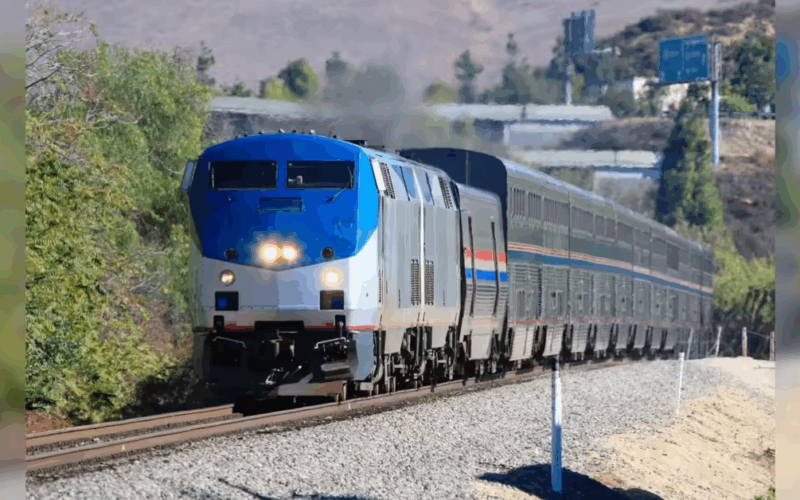The funding cut adds a significant hurdle to the $89 billion to $128 billion project, which after 16 years of effort, has faced increasing political and financial challenges.
Funding Cuts Impact Key High-Speed Rail Components
The Transportation Department’s latest action targets funds designated for grade separation, overcrossing construction, design work, and the building of a high-speed rail station in Madera. These components are pivotal for advancing the rail corridor through California’s Central Valley.
California’s government filed a lawsuit in July challenging the withdrawal of funding, describing it as illegal. The state accuses the Trump administration of politically motivated actions aimed at undermining the project.
- Cancellation of $175 million for key infrastructure works
- Earlier July cancellation of $4 billion in federal grants
- Lawsuit filed by California contesting funding withdrawals
Political Tensions Between State and Federal Leadership
The funding cuts have further intensified the ongoing conflict between President Donald Trump and California Governor Gavin Newsom. The rivalry spans a wide range of issues, including federal funding, state policies, and cultural disputes.
Earlier the same day as the funding announcement, the U.S. Department of Transportation threatened to withdraw an additional $33 million in safety funding, accusing the state of non-compliance with federal regulations on truck driver language requirements.
The California High-Speed Rail Authority condemned the cancellations, calling them an “illegal, politically motivated, and baseless attack” on California communities and their transportation future.
“While opponents are recycling tired political attacks, California is building the future of American transportation.” – California High-Speed Rail Authority
Background on the California High-Speed Rail Project
Initiated by California voters approving a $10 billion bond in 2008, the high-speed rail system has made tangible progress with over 70 miles (113 km) of guideway constructed and more than 50 major rail structures completed, including bridges and viaducts.
The original plan expected completion in 2020 with a budget of $33 billion. However, costs have ballooned and service is not now expected before 2033.
This controversy is not new. In 2019, President Trump revoked $929 million in grants, which led to legal disputes and was eventually restored under the Biden administration in 2021.
- Project aims to connect San Francisco and Los Angeles via a 3-hour train ride
- More than 70 miles of rail guideway completed
- Current cost projections range from $89 billion to $128 billion
- Service start now expected by 2033
For more details on the project and funding disputes, visit the full report here.
What Lies Ahead for California High-Speed Rail?
With the federal government withdrawing millions in funding, the high-speed rail project faces uncertainty. Stakeholders will need to explore alternative financing, accelerate legal challenges, and navigate the political landscape to keep the dream alive.
Despite setbacks, California officials remain optimistic about the long-term benefits of the rail system as a critical piece of the nation’s transportation future.
Key future considerations include:
- Legal outcomes from funding withdrawal challenges
- Potential for renewed federal support under changing administrations
- Ongoing construction and infrastructure development
- Community and environmental impact assessments
The next decade will be crucial in determining whether California’s high-speed rail can overcome political roadblocks and fulfill its promise.




